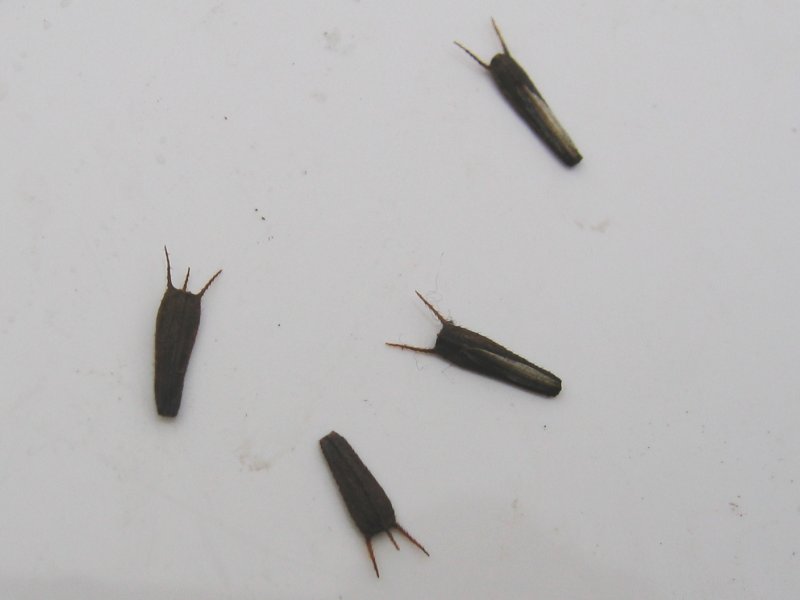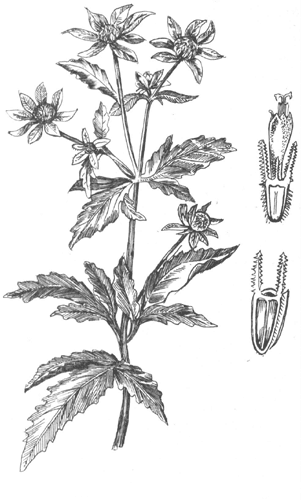PART USED: Aerial parts- gathered during the flowering period.
ACTIONS
GROUP: Herbs for trauma and recovery- Hemostatic
1. Antihemorrhagic.[1]
2. Astringent.[1,2,3]
3. Diaphoretic.[3]
4. Diuretic.
INDICATIONS
1. Bleeding -Menorrhagia. Metrorrhagia. Peptic ulcer. Ulcerative colitis.[1,2,3] Respiratory tract bleeding hemoptysis.
2. Urinary disorders generally including gravel and stones,[1] and hematuria.[1,3]
3. Liver disorders
4. Gout.[3]
SPECIFIC INDICATIONS: Specific hematuria.[1]
COMBINATIONS
- Treatment of the digestive tract, use with Acorus or Ginger.
PREPARATIONS: 3X/day
Dried Herb 2-4 g, [1,2] or by infusion.[1]
Infusion 40-80 ml.
Fluid Extract 1:1 in 25% alcohol 1.5-3 ml.[1,2]
Tincture 1:5 in 45% alcohol 1-2 ml.[1,2]

